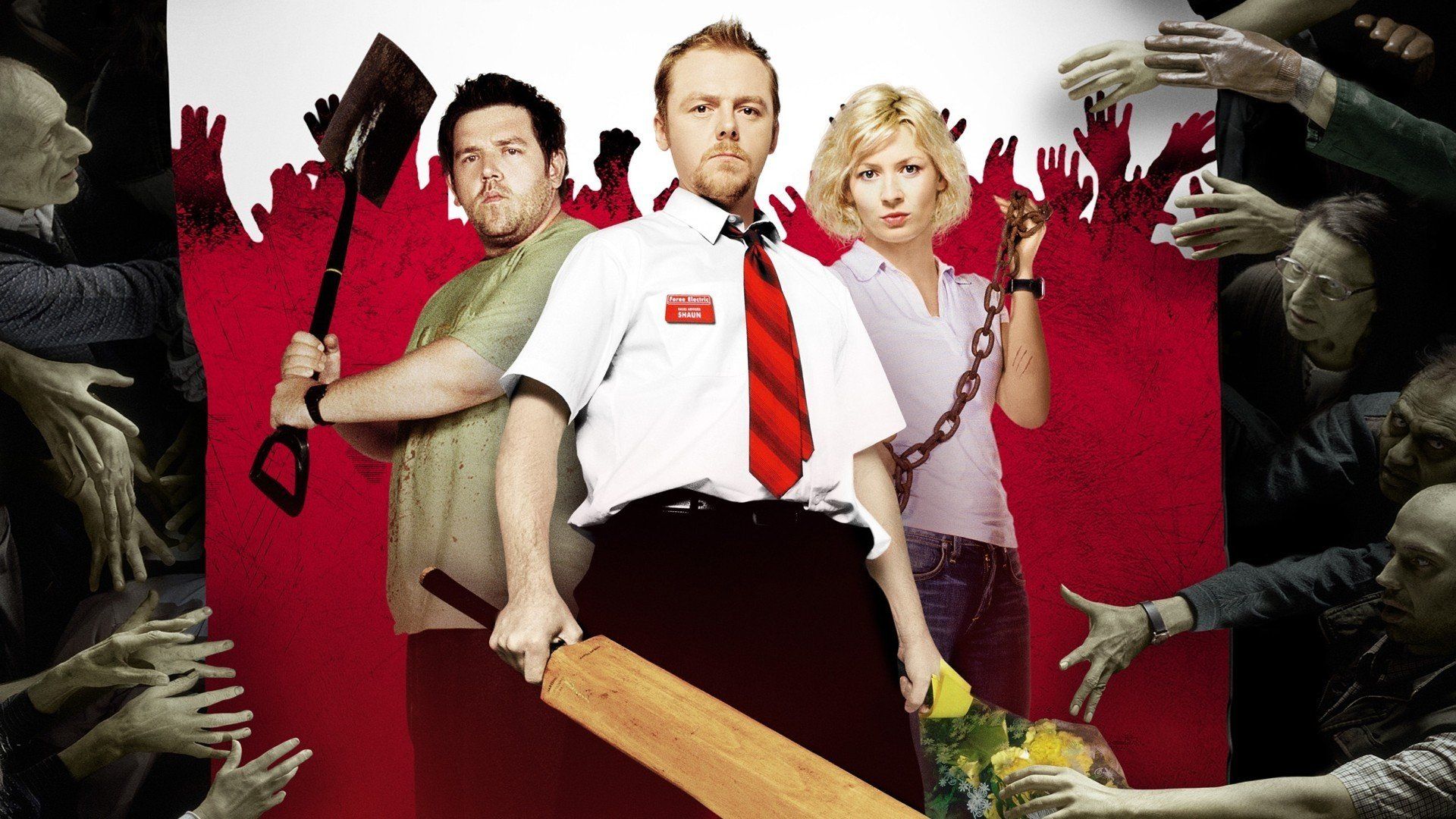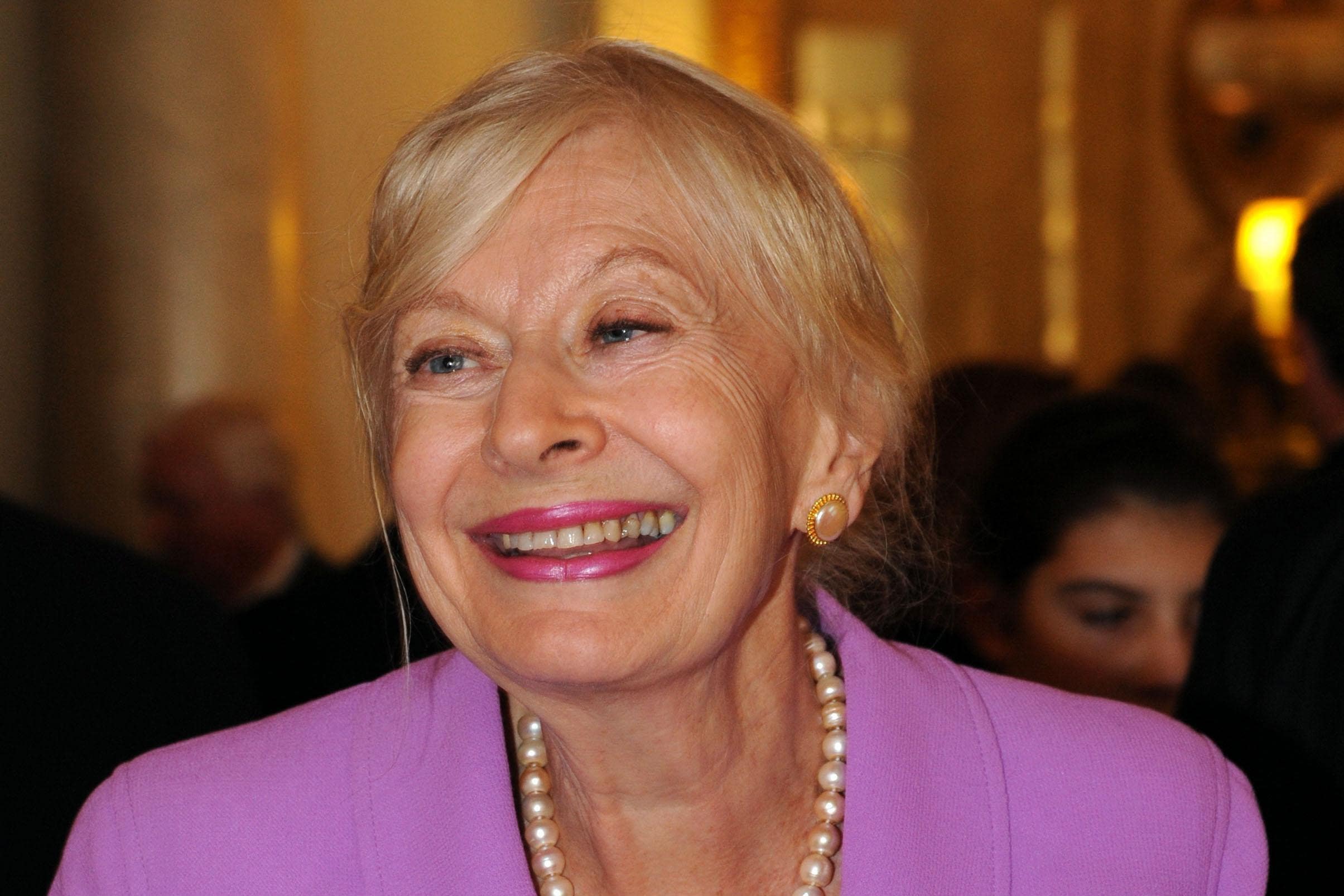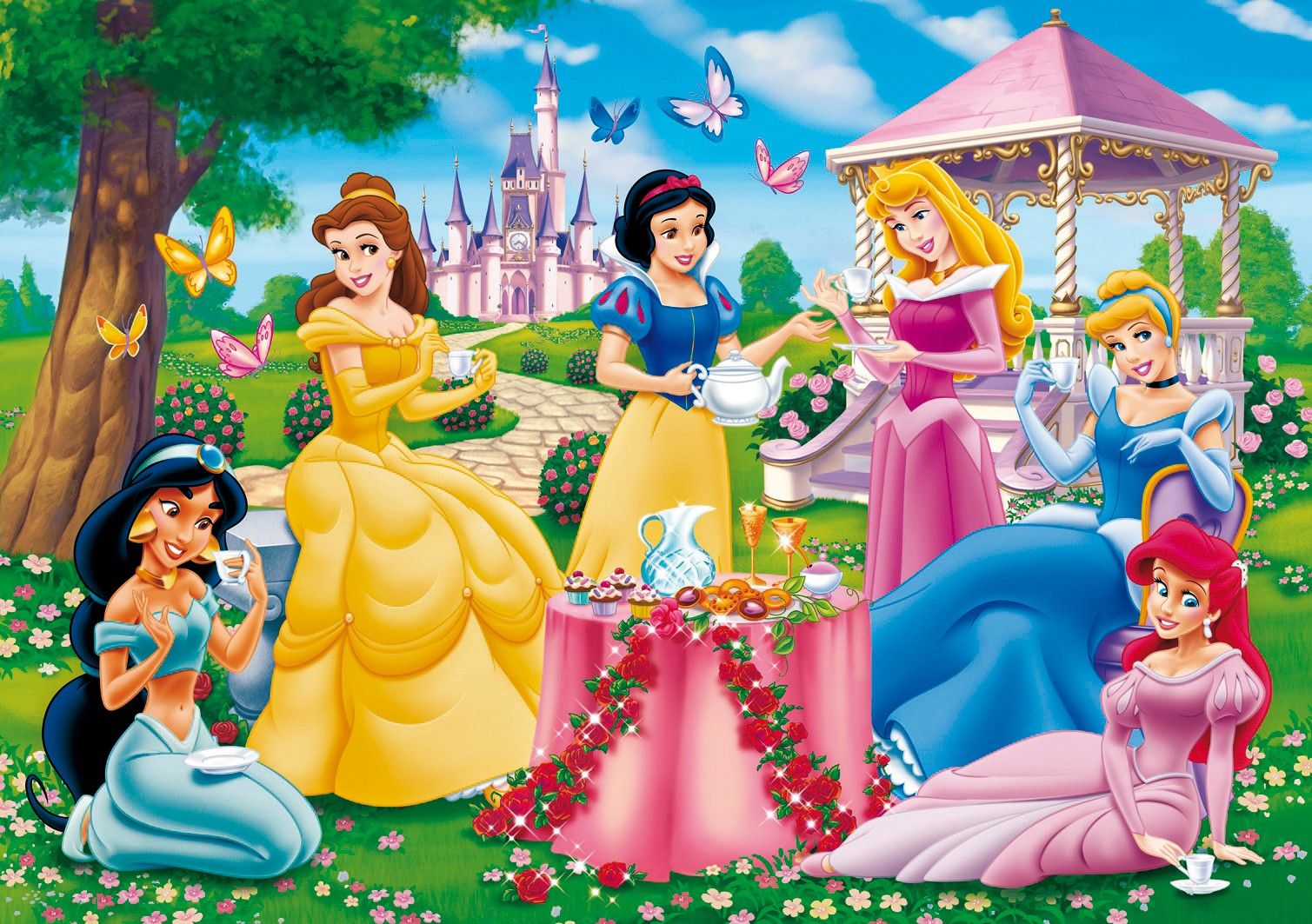
There’s just something undeniably magical about Disney Princess movies, isn’t there? For so many of us, these films were the backdrop of our childhoods, shaping our dreams with tales of true love, daring adventures, and happily-ever-afters. We dressed up as Snow White, dreamed of our own Prince Charmings, and sang along to every catchy tune, utterly convinced by the shimmering fairytale on screen. It truly felt like these stories were timeless, perfect in every way.
But here’s the thing about growing up: your perspective changes. That wide-eyed innocence that allowed us to simply absorb the magic starts to fade, replaced by a keen, often cynical, adult eye. When you revisit these beloved classics now, perhaps with kids of your own, or just for a nostalgic trip down memory lane, you’ll find that they’re not quite as innocent or “copacetic” as you remember. The rose-tinted glasses come off, revealing layers of meaning, problematic themes, and even some seriously sneaky jokes that flew right over our heads as children.
So, buckle up, because we’re about to take a deep dive into the enchanting, yet surprisingly complex, world of Disney Princesses. Get ready to have your childhood memories delightfully—or perhaps disturbingly—recontextualized as we uncover the things only adults truly notice. Once you see these details, there’s no going back to your un-jaded child-self!
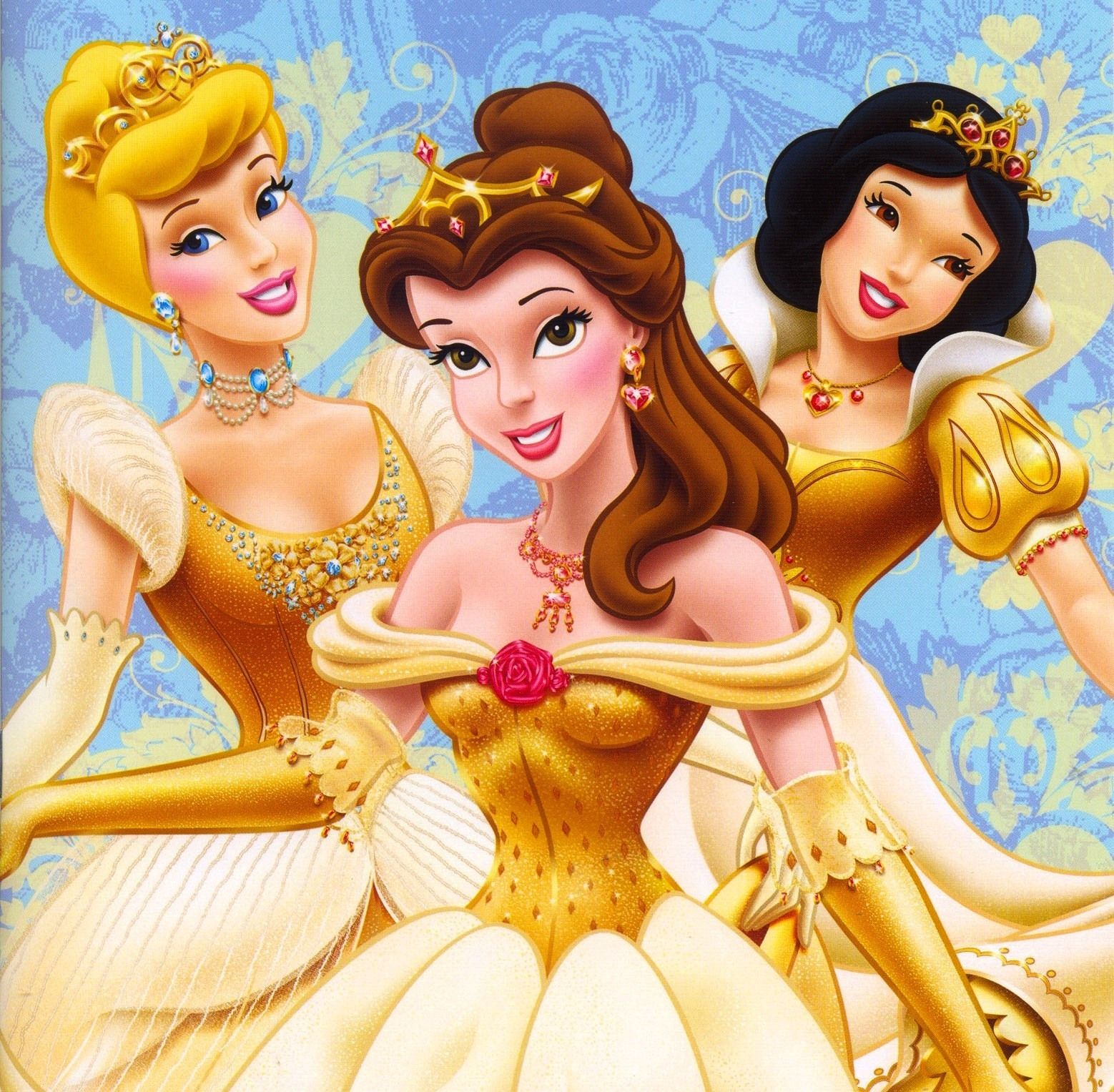
1. **The Princesses’ Surprisingly Troubled Pasts and Unrealistic Resilience**
If you really sit down and think about it, many of our beloved Disney princesses have endured an astonishing amount of trauma before they ever reach their “happily ever after.” Take Rapunzel, for instance, who was literally locked away in a tower, or Jasmine, Elsa, and Anna, who spent their entire lives confined within palace gates. Then there are Aurora, who grew up with three eccentric old fairies, and Cinderella, Mulan, and Snow White, who suffered under the thumb of oppressive family members, denied the freedom to simply be themselves. And let’s not forget the multitude who lost one or both parents when they were just children.
Beyond their restrictive upbringings and parental losses, the sheer laundry list of bad fortune faced by these young women is staggering. They face kidnapping attempts, outright murder plots, dangerous voyages, the threat of arranged marriages, and multiple near-death experiences. It’s a relentless onslaught of adversity that would break most ordinary people. They are constantly put into peril, exploited by villains, and often ostracized or taken advantage of by others, like Cinderella’s step-mother forcing her into servitude or Mother Gothel keeping Rapunzel hostage.
As an adult, it’s hard not to wonder how these young women emerge from such horrific circumstances “sparkly and bright.” In reality, enduring such profound trauma during their formative years would almost certainly lead to social awkwardness, developmental issues, or even serious psychological disorders. Yet, the princesses somehow magically overcome all this darkness and come out seemingly perfectly well-adjusted. It’s a testament to the fairytale narrative, but for grown-ups you, it’s a huge stretch of the imagination. Hopefully, they’ve all found a good therapist post-credits!
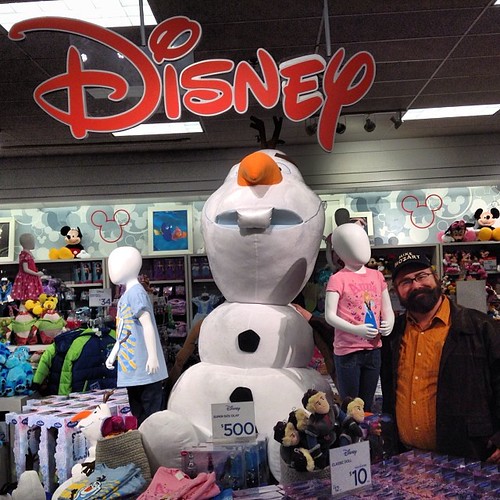
2. **Hidden Innuendos and Subliminal Messages: A Grown-Up Glimpse**
Remember being a kid, living life with wide-eyed innocence, completely oblivious to certain jokes or images? Then, an older cousin or sibling whispers a secret in your ear about something they saw or heard in a Disney movie, and suddenly, you can’t unsee or unhear it. It turns out, Disney, while making films for children, often throws in little nuggets of humor or visual cues specifically designed for the adults in the audience, ranging from outright innuendos to alleged subliminal messages.
Take, for example, the incredibly cheeky dialogue. In “Frozen,” when Kristoff asks Anna about Prince Hans’s foot size, her response, “Foot size doesn’t matter,” is a classic piece of bedroom humor that sails right over kids’ heads. Similarly, in “Aladdin and the King of Thieves,” when the ground starts shaking during Aladdin and Jasmine’s wedding, Genie quips, “I thought the Earth wasn’t supposed to move until the honeymoon,” a line undeniably meant for grown-up ears. Beyond verbal jokes, some viewers have pointed to alleged subliminal imagery, like the infamous original VHS cover of “The Little Mermaid,” which some claim contains phallic imagery in King Triton’s castle columns, or a promotional image for “Tangled” where Rapunzel’s hair supposedly spells out “S-E-X.”
While some of these alleged subliminal messages might be unintentional or coincidental, the intentionally included raunchy jokes are undeniable. There’s Gaston singing about “every last inch of me’s covered in hair” while opening his shirt, hinting at much more than just his chest. Even a line like Anna telling Elsa the town is in “deep, deep, deep, deep snow” in “Frozen” is a family-friendly twist on a much less PG expression. These moments, once spotted, completely change the viewing experience for adults, adding a surprising layer of knowing humor to these seemingly innocent tales.
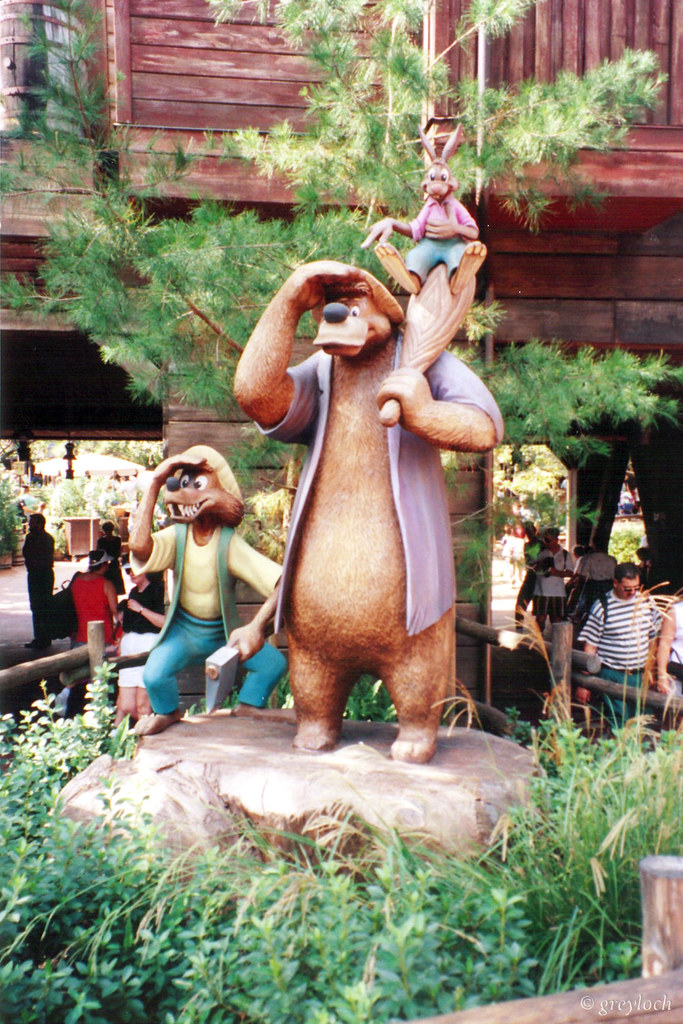
3. **The Dark and Terrifying Side of Disney Songs: Beyond the Catchy Tunes**
Disney is renowned for its memorable, often uplifting songs that stick with you long after the credits roll. But as an adult, if you truly listen to the lyrics of some villain songs or even certain character numbers, you’ll find they are low-key terrifying, straight-up scary, and feature surprisingly dark themes. This is something that rarely registers with children, who are more focused on the melody or the visual spectacle, but for older viewers, the true horror of what’s being described can be profoundly unsettling.
Consider “Savages” from “Pocahontas.” This song, in its raw, unfiltered form, relies entirely on fear-mongering and hate rhetoric against the Native American people. Lyrics like “What can you expect/from filthy little heathens?/Their skin’s a hellish red/They’re only good when dead/They’re vermin, as I said” are truly shocking to hear as an adult, revealing a disturbing level of prejudice. Then there’s Ursula’s chilling anthem, “Poor Unfortunate Souls,” from “The Little Mermaid,” where she sings about manipulating lonely, depressed people into giving up their voices and eventually their souls, a blatant portrayal of predatory behavior. In “Tangled,” Mother Gothel’s “Mother Knows Best” is a masterclass in psychological manipulation, convincing Rapunzel that the outside world is filled with dangers like rhinos trampling her, muggers, and men with “pointy teeth.”
These songs, often performed by villains, delve into themes of hatred, manipulation, and fear that are far more sinister than we perceived as children. While kids might pick up on the “spooky vibes,” the true depravity of the narratives goes right over their heads. As adults, however, we can appreciate just how chilling and morally questionable these tunes are, making us wonder if anyone has ever studied a link between an uptick in psychological counseling and kids who grew up watching these particular Disney princess songs.

4. **The Unrealistic Body Proportions and the Curious Case of “Banana Hands”**
One of the most immediate visual discrepancies adults notice upon rewatching Disney Princess movies is the highly idealized, and frankly, unrealistic, body proportions of the characters. The princesses themselves seem to be drawn up using a “Barbie-body-measurement system,” featuring tiny waists, impossibly long legs, and a general figure that’s an idealized version of bodily perfection. Of course, as grown-ups, we know there’s no such thing as a “perfect” body, and women come in a far greater diversity of shapes and sizes than what Disney princesses typically represent. Even the newer princesses, Merida and Moana, while more realistic, still leave room for broader representation.
But it’s not just the princesses whose anatomy raises questions; the male characters also have a peculiar characteristic that’s hard to unsee: their gigantic hands. Seriously, the guys’ hands are often so disproportionately large in comparison to the princesses and other female characters that their fingers look like a bunch of ripe bananas. This begs the question: Is this meant to symbolize the strength of men versus the delicateness of women? While it’s true that men often have larger hands than women in real life, if your partner’s hands were truly to scale with these Disney dudes, they’d probably be under scientific study somewhere.
This odd artistic choice can lead to some amusing, if not slightly bizarre, adult interpretations. Given Disney’s reputation for occasional sexual innuendo, one can’t help but wonder if the “banana hands” are meant to be some kind of subliminal trigger. You know what they say about men with big hands… It’s not that they wear big gloves! Let’s hope that’s not the intended takeaway, but the visual disproportion certainly sticks out to the adult eye.
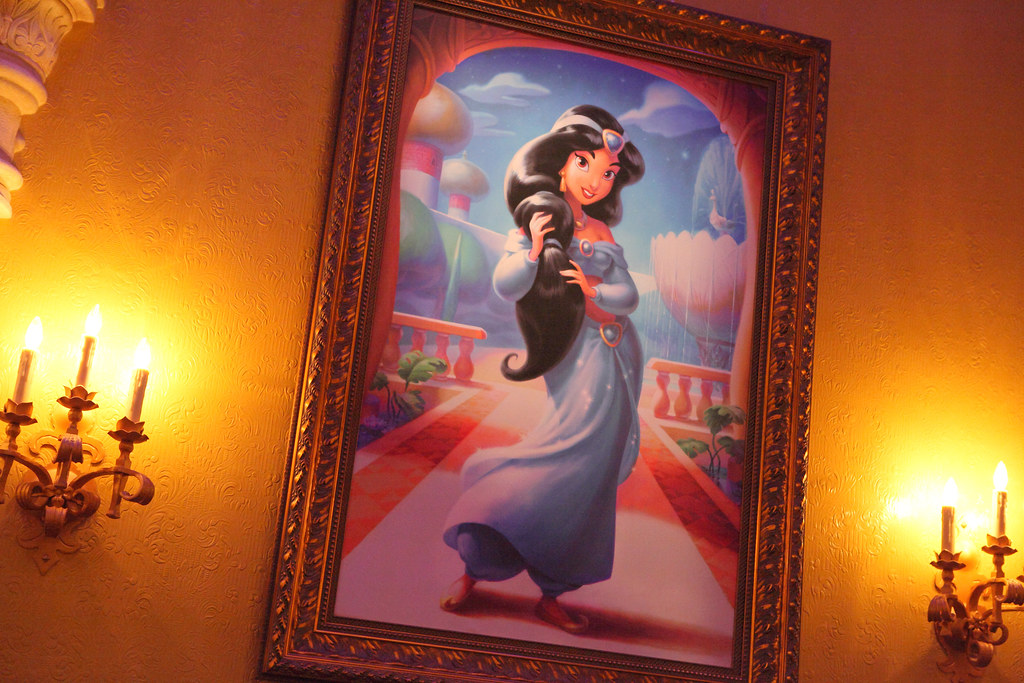
5. **The Essential and Often Underestimated Role of Anthropomorphic Pets**
While we might have loved them as kids, as adults, our appreciation for the anthropomorphic pets in Disney Princess movies reaches an entirely new level. Can you truly imagine Jasmine’s story without Rajah, Belle’s without Phillipe, or Pocahontas’s without Flit and Meeko? These animal companions are not just cute sidekicks; they are, in many ways, the unsung heroes who subtly carry much of the movies’ emotional weight and comedic relief, often proving more endearing than some of the main human characters.
In some films, like “The Little Mermaid” or “The Princess and the Frog,” the animals even talk, seamlessly integrated into the princesses’ worlds. But even when they don’t verbally speak, there’s an implied, essential communication with the princesses that is crucial to their character development. As adults, with the “blinders of youth” finally off, you might find that some of the main princesses and princes can come across as surprisingly selfish or irrational. This is where the animal companions truly shine, as they often exhibit unwavering loyalty, common sense, and pure, unadulterated heart.
These furry, finned, or feathered friends provide constant support, comic relief, and often, critical plot points that move the story forward. They act as confidantes, protectors, and moral compasses, guiding their human counterparts through treacherous situations and emotional turmoil. They don’t get nearly enough credit for carrying the movies and supporting their humans through the plot, often being the most relatable and genuinely good-hearted characters in the entire film.
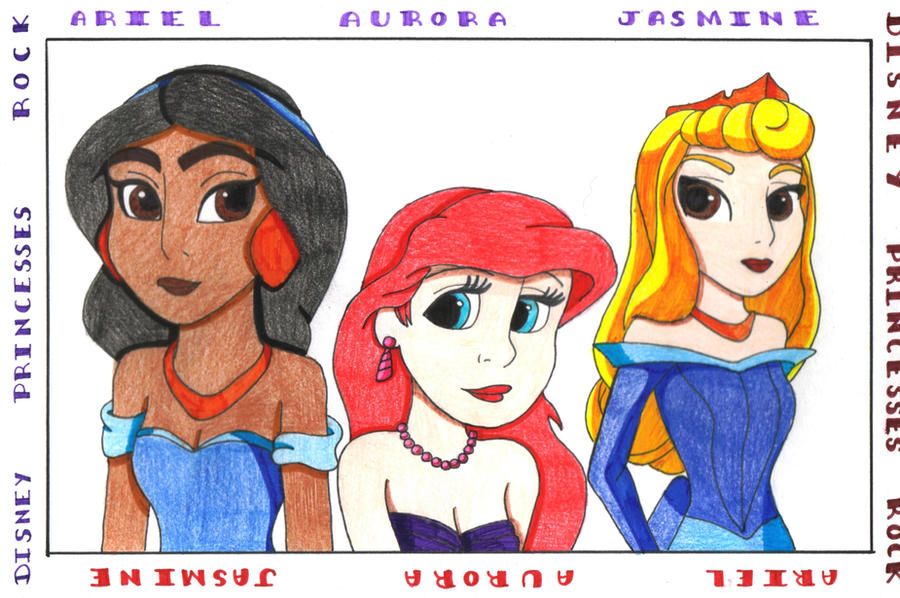
6. **The Shocking Youth and Naivety of Disney Princesses**
Perhaps one of the most frustrating realizations you experience when watching Disney Princess movies as an adult is just how incredibly young most of these heroines are. While their exact ages aren’t always explicitly stated (though Rapunzel’s narrative famously centers on her 18th birthday), it’s clear from their girlish features and overall demeanor that they are very young. In fact, many, including Snow White, Jasmine, Ariel, Aurora, Mulan, and Belle, are confirmed to be under eighteen years old.
This youthfulness becomes particularly troubling when you consider the life experiences these princesses have had, or rather, haven’t had. They are often incredibly naive to the ways of the world, having lived largely sheltered or isolated lives. Most of them have never even met a boy, much less dated one, before they suddenly fall madly in love and decide to marry their prince after just a few days or weeks of knowing each other. While, yes, high school sweethearts exist, those individuals typically have had a relatively normal existence leading up to their meeting, which is decidedly *not* the case for most Disney princesses.
As children, we accept this whirlwind romance as part of the fairytale, but as adults, the logical inconsistencies and the sheer rush to commitment are jarring. You find yourself watching and thinking, “Where’s the fire, ladies? You have your whole life to get hitched!” This lack of life experience, combined with their traumatic backgrounds and immediate leap into marriage, highlights a problematic idealization of young love and destiny that grown-ups simply can’t ignore.”
Now, let’s transition into the exciting discoveries awaiting us in the second half of our deep dive into the Disney Princess universe. Just when you thought you had these classic tales all figured out, a whole new layer of insight unfolds. We’re about to explore even more fascinating details that only a grown-up perspective can truly appreciate, from clever cinematic Easter eggs and surprising historical backdrops to nuanced representations and the curious paths these beloved heroines take beyond the storybook pages. Get ready to peel back more layers and see these iconic films in a light you never imagined!
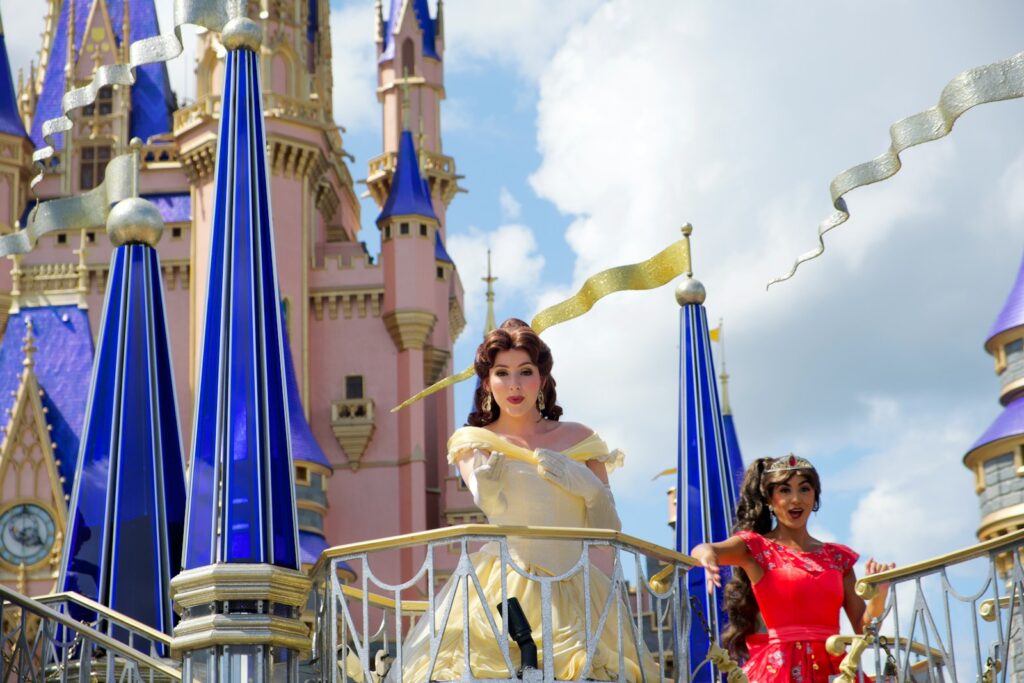
7. **A Plethora of Hidden Easter Eggs: Disney’s Playful Nod to its Own Universe**
While Pixar often gets all the glory for its intricately placed Easter eggs, a keen adult eye will quickly spot that Disney’s own princess movies are absolutely brimming with these clever, blink-and-you-miss-it references. Kids, for myriad reasons – perhaps they haven’t seen Disney’s entire extensive film catalog, or maybe they just lack the honed observational skills of a seasoned movie watcher – rarely catch these delightful hidden gems. But for us grown-ups, spotting these connections is like finding treasure!
Take, for example, the opening scenes of “The Little Mermaid,” where eagle-eyed viewers can spot none other than Mickey Mouse and friends subtly blended into the audience as King Triton makes his grand entrance. Or recall “Aladdin,” where the Sultan, in a moment of playful stacking, has a Beast figurine (from “Beauty and the Beast”) perched right near the top of his toy pile. And there’s an incredibly fun, fleeting moment in “The Princess and the Frog” where a woman in New Orleans is shaking dust off what undeniably appears to be Jasmine and Aladdin’s iconic magic carpet from her balcony. These aren’t just random visuals; they’re deliberate, playful winks from the animators to their dedicated fanbase.
The crossovers don’t stop there. The King and Grand Duke from “Cinderella” make a discreet cameo as wedding guests in “The Little Mermaid,” subtly linking two classic tales. And if you truly keep your eyes peeled during Flynn Rider’s visit to The Snuggly Duckling in “Tangled,” you might just catch a glimpse of Pinocchio tucked away amongst the bar’s rafters. These delightful hidden details enrich the viewing experience, creating a shared universe long before cinematic universes became the norm, proving that Disney has always been a master of subtle, engaging storytelling beyond the main plot.
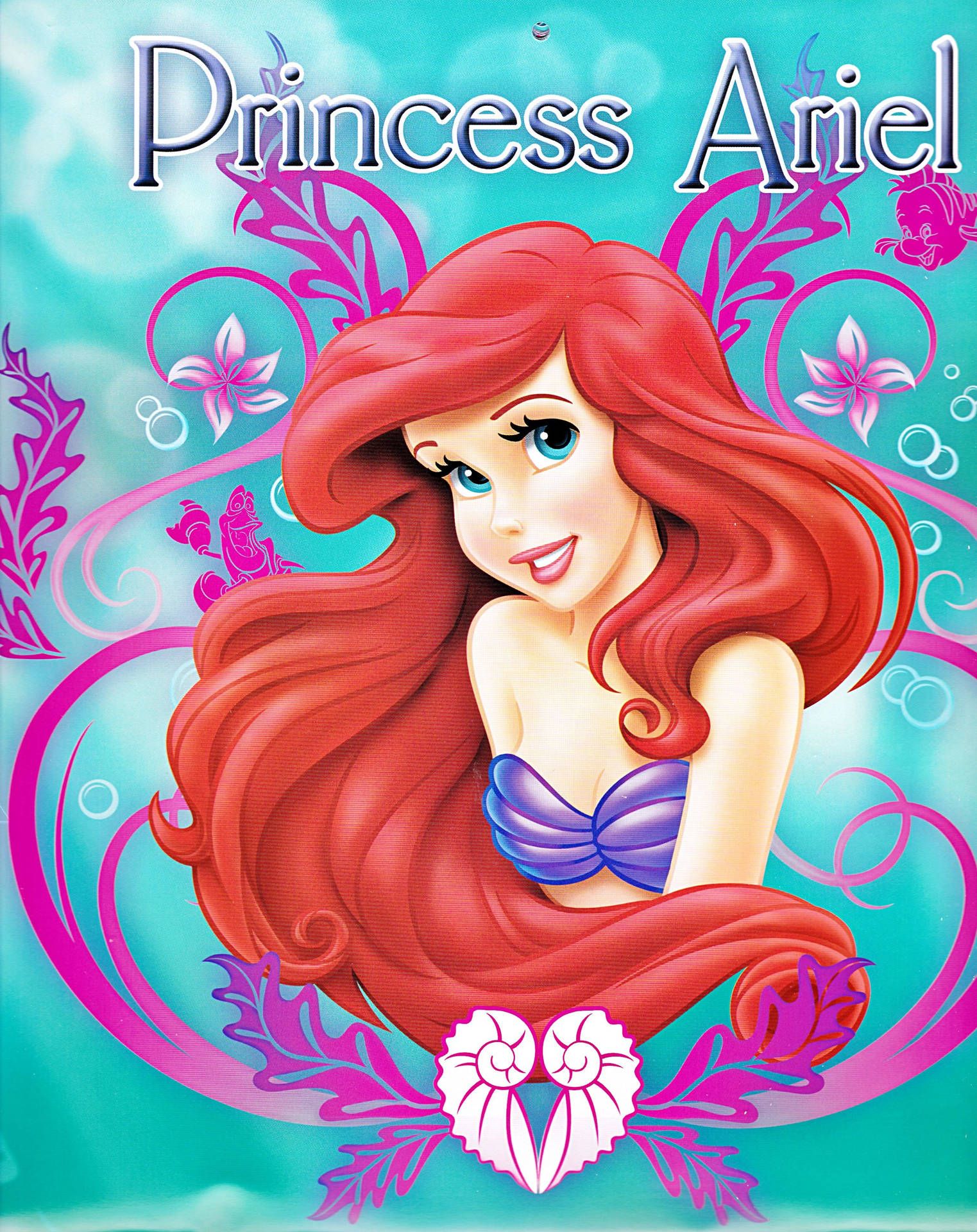
8. **The Singular Case of a Princess Becoming a Mother**
It’s an interesting, perhaps even perplexing, detail that often goes unnoticed by younger viewers, but once you’re an adult, it becomes strikingly apparent: out of all the iconic Disney Princesses, only one, Ariel, actually goes on to become a mother. This isn’t revealed in the original “The Little Mermaid” film, of course, but rather in its sequel, where her daughter, Melody, is introduced. For a franchise built on “happily ever afters” and traditional fairytale narratives, this solitary instance of motherhood stands out.
This scarcity of maternal roles among the princesses is particularly intriguing when you consider the historical context of many of these films, which stretch back as far as the 1930s. During those eras, societal norms often dictated that a woman’s “happily ever after” inherently included starting a family. Disney’s early princesses, for instance, frequently embodied certain social mores: they weren’t depicted as working, they enjoyed domestic activities like baking, and their ultimate dream often revolved around marriage. Yet, the logical next step of parenthood is almost universally sidestepped for the vast majority of these heroines.
While it’s arguably a positive development that Disney princesses aren’t being rushed into parenthood, especially given how incredibly young most of them appear to be at the time of their fairytale endings, the consistent omission of this life stage for all but one character is genuinely puzzling. It subtly challenges the long-held tropes about a woman’s societal roles, albeit perhaps unintentionally, leaving adults to ponder why the narrative seldom extends to the next generation, despite kids often enjoying seeing other children on screen.
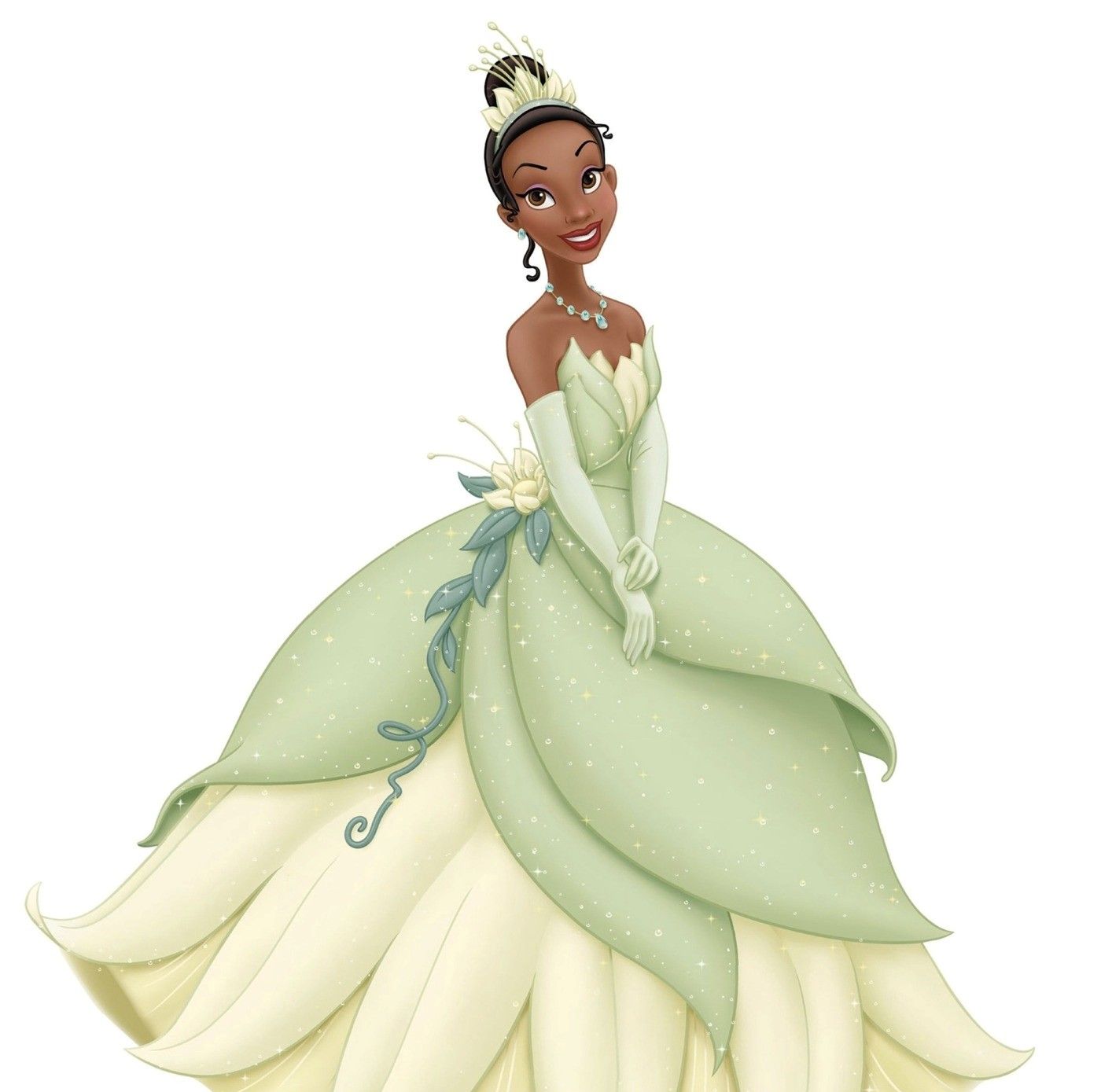
9. **Tiana’s Real-Life Culinary Muse: A Queen of Creole Cuisine**
While younger audiences are simply swept away by Tiana’s journey in “The Princess and the Frog,” adults, particularly those with a familiarity with the culinary world, might recognize a fascinating real-life inspiration behind the first Black Disney princess. Tiana’s character is thoughtfully inspired by Leah Chase, famously known as the Queen of Creole Cuisine. This award-winning cook was a monumental figure, not only celebrated for her profound influence on the vibrant New Orleans restaurant scene but also deeply involved in the civil rights movement, making her a truly impactful historical figure.
The parallels between Tiana and Chef Chase are beautifully woven into the narrative. Both women shared an unwavering passion for cooking, channeling their dreams into the culinary arts. Beyond their shared love for food, they both possessed an incredible ambition and relentless drive, qualities essential for anyone aspiring to open and run a successful restaurant. Furthermore, they were both driven by a genuine desire to make a positive impact on the world around them, contributing far more than just delicious meals.
There is, however, one charming distinction between the two that adds a layer of depth for the adult viewer. While Tiana achieves the status of a princess within her fairytale, Leah Chase, through her extraordinary life and indelible contributions, truly earned the title of a queen in her own right. This subtle nod to a real historical icon provides a richer context for Tiana’s character, elevating her from a mere animated figure to a symbol rooted in powerful, real-world influence and aspiration.

10. **The Darker Fates of Mulan: Beyond Disney’s Happy Ending**
Children, enchanted by the courage and triumph of Fa Mulan in Disney’s 1998 animated classic, are unlikely to grasp that the bulk of Disney princess films are adaptations, often significantly softened, from previously existing tales. However, as adults, we are often more familiar with the darker, more complex source material that inspired these beloved stories. “Mulan” is a prime example of this, being one of many adaptations derived from the ancient Chinese legend of Hua Mulan, a powerful and resilient female warrior.
While the earliest known written record of the Mulan myth does indeed conclude with a happy ending that mirrors the Disney film’s celebratory resolution, not every version of her legend is quite so optimistic. In fact, a particularly unsettling 17th-century novel, “Romance of Sui and Tang Dynasties,” portrays a dramatically different and far more tragic conclusion for the heroine. In this grim rendition, Mulan’s father tragically dies before she can even return home from war, robbing her of a joyous reunion.
The story then takes an even darker turn, as Mulan is subsequently nearly forced into becoming a concubine. Faced with such an abhorrent fate, the heroine ultimately chooses to take her own life rather than submit. This significantly darker, more historically brutal conclusion provides a stark contrast to Disney’s sanitized version, which, while empowering for children, omits the harsher realities of war and the limited choices women often faced in past eras. Adults can certainly appreciate the raw power and tragic heroism of this alternate ending, even if it’s decidedly unsuitable for young audiences.
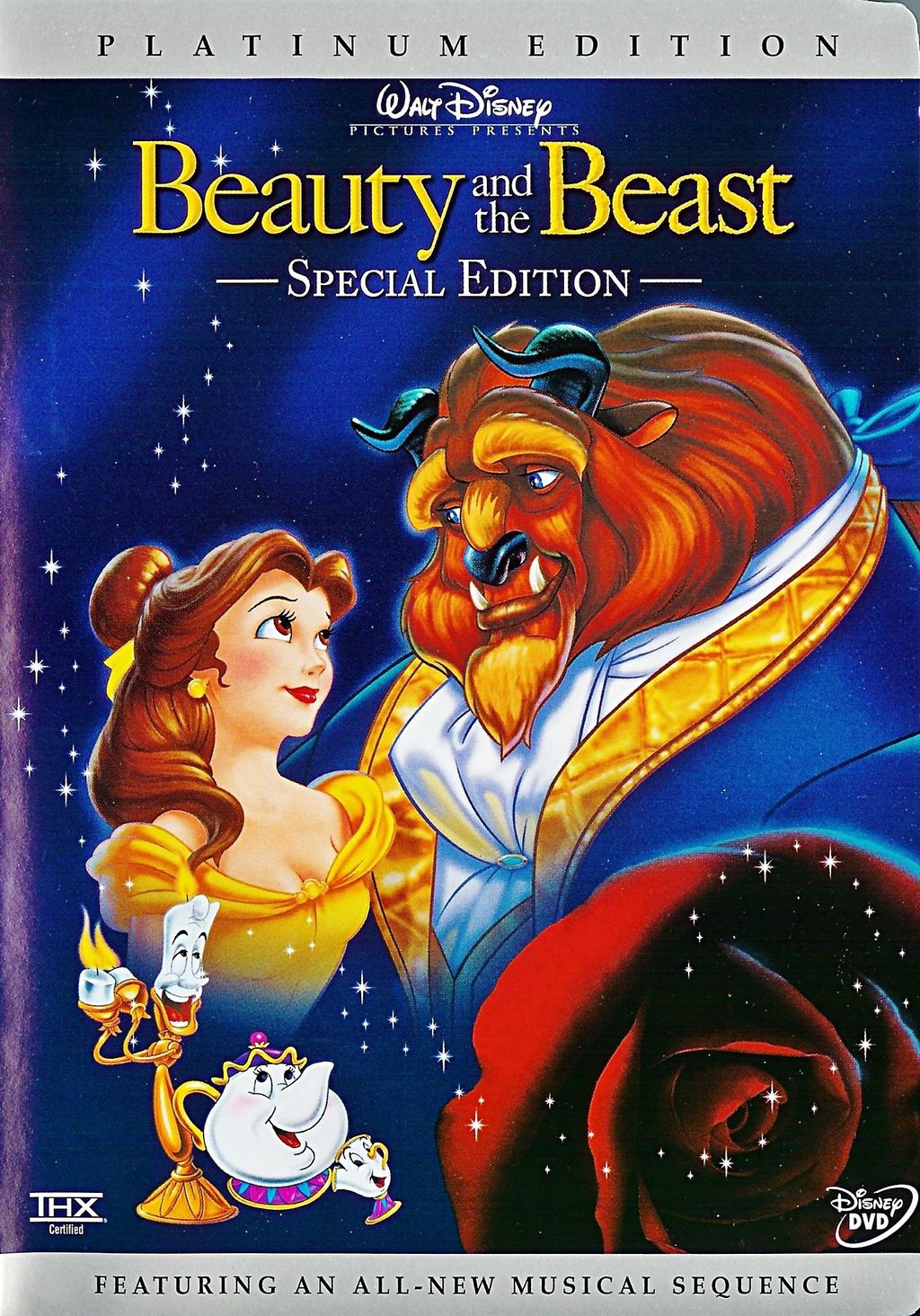
11. **The Subtle Historical Foreboding in “Beauty and the Beast”**
For children, “Beauty and the Beast” beautifully culminates in Belle and her prince living out their idyllic “happily ever after” in a grand French castle. Yet, for adults who possess even a basic understanding of world history, particularly European history, a subtle, almost chilling, undercurrent emerges. Those who have studied the turbulent late 18th century will recall that the French monarchy, during that period, met a decidedly violent and abrupt end. This knowledge casts a quiet shadow over the seemingly perfect fairytale.
The historical event in question, of course, is the French Revolution, a tumultuous period that saw members of the nobility stripped of their aristocratic titles, and many, including the King and Queen, famously losing their heads to the guillotine. While Disney’s adaptation doesn’t explicitly state its precise setting, various clues suggest it is positioned in the mid-18th century. The original fairy tale was published in 1740, and even the costumes in the 2017 live-action film were inspired by the fashion of that very era.
If this historical assumption holds true, then Belle and her newly transformed Prince, residing as they do in a grand castle symbolic of the aristocracy, would have only a few decades of peace before the revolutionary fervor engulfed France. This historical context adds a layer of poignant irony and subtle foreboding for the adult viewer, transforming the whimsical fairytale into a story quietly perched on the precipice of profound societal upheaval, a reality entirely lost on its younger audience.
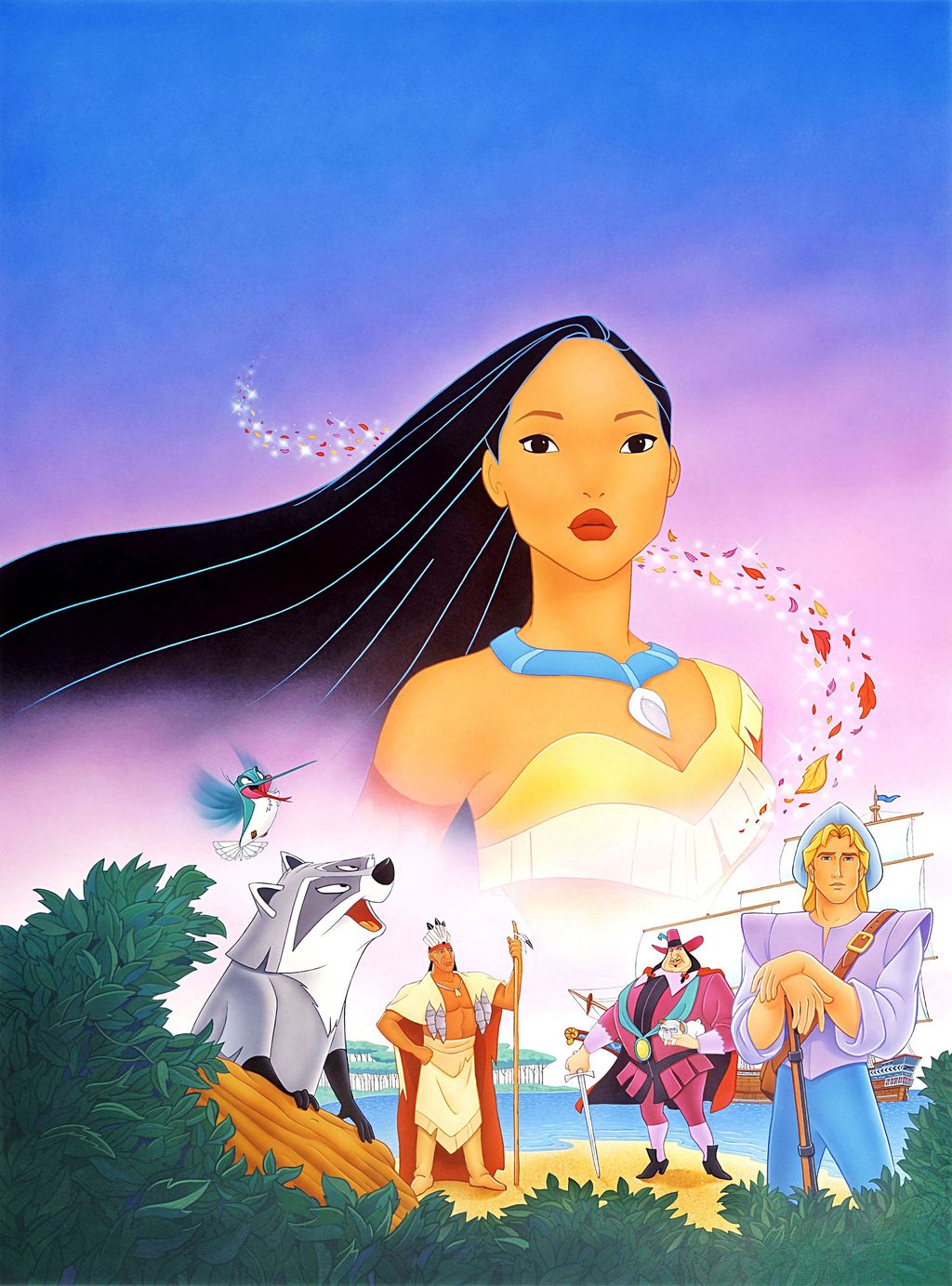
12. **”Pocahontas”: A Complicated History Rewritten for Romance**
For adults with even a rudimentary grasp of American history, Disney’s 1995 animated film “Pocahontas” immediately presents itself as a significant departure from historical reality. While enjoyable as a vibrant, fictionalized tale, its romanticized narrative glosses over numerous historical inaccuracies that become glaringly obvious to a grown-up audience. The most prominent among these is the central romance itself, a bond between Pocahontas and John Smith that is highly improbable given their actual ages.
Historically, the titular character, Matoaka (known as Pocahontas), was likely only around ten years old when she first encountered John Smith. This stark age difference makes the passionate, adult-oriented romance depicted in the film not just unlikely, but deeply unsettling from an adult perspective. Furthermore, Smith’s much-reported “rescue” by Pocahontas, a pivotal moment in the movie, is also widely disputed by historians. It’s considered more probable that he either misinterpreted his involvement in a complex Native American ritual that included the young girl or perhaps even fabricated the dramatic rescue entirely.
Beyond the historical inaccuracies regarding the central relationship, the film also faces valid critique for its broader presentation of Native Americans. The portrayal, which often leans towards depicting them as exotic, mystical, or “pseudo-magical,” can be perceived as offensive and stereotypical. While children may innocently embrace the film’s adventure and its message of cultural understanding, adult viewers recognize the problematic simplification and romanticization of a complex historical and cultural narrative, underscoring the stark difference between entertainment and accurate representation.
And there you have it, folks! Our journey through the seemingly innocent, yet surprisingly complex, world of Disney Princesses comes to a close. What a ride it’s been, hasn’t it? From the cleverly hidden Easter eggs that connect a sprawling cinematic universe to the subtle historical undercurrents that add unexpected depth, and even the challenging realities of life and representation that lie beneath the shimmering surface of these fairytales, it’s clear these films are far richer and more layered than our childhood eyes could ever perceive.
Revisiting these classics as an adult isn’t about shattering the magic; it’s about appreciating their enduring artistry and influence from a fresh, more informed perspective. It’s about recognizing the cultural shifts, the subtle nods, and the sometimes uncomfortable truths that make these stories resonate in new and powerful ways. So, the next time you curl up for a Disney Princess movie night, remember to keep your adult glasses on – you never know what fascinating new detail you might uncover, adding a whole new dimension to the magic you’ve cherished since childhood. After all, isn’t that the real beauty of a truly timeless story?

